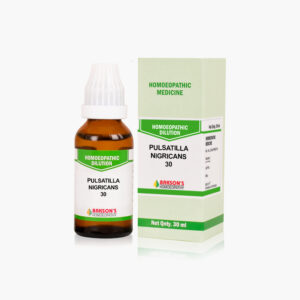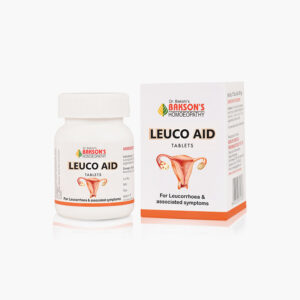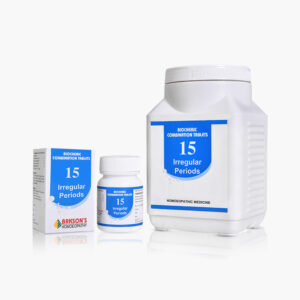What is Vaginitis?
Vaginitis is a frequently encountered problem amongst physicians attending female patients. It is very important to have a firm understanding of the normal vaginal findings on examination.
The composition of vaginal flora determines the pH of the vagina. Lactobacilli is mainly responsible for the production of glycogen which is metabolized to lactic acid maintaining the acid value of 3.8-4.2. However, in pre-pubertal girls and post-menopausal women, the lack of oestrogen leads to deficiency of glycogen and eventually, lactic acid. Hence, these females are more prone to develop vaginal infections.
The National Health and Nutrition Examination Survey (NHANES) reported a 29% overall prevalence of bacterial vaginosis. 55% of females will have an episode of vaginal candidiasis by the age of 29 years.
Aetiology
Any changes to any element of the vaginal ecology can alter the population characteristics of the vaginal bacteria. Alteration in the hormonal status (especially oestrogen) can also change the vaginal flora. Broad-spectrum antibiotic use can lead to alteration of the vaginal bacterial flora leading to Candida species overgrowth.
Sign and symptoms
Symptoms like abnormal vaginal discharge, malodorous discharge, vaginal irritation, dysuria, and dyspareunia may be present. The evaluation must begin with the history of the patient considering the character of symptoms like discharge, pruritus, pain and bleeding. Sexual history to rule out any STD’s must also be assessed.
Physical examination helps in determining the characteristics of the discharge present. A speculum examination must also be performed with warm water.
Diagnosis
Procedures like The Wet Prep, Whiff test, Gram stain, cultures and DNA technologies are adopted to identify the causative organism of vaginitis.
General management
The treatment regimen depends on the underlying cause of vaginitis, hence must be treated accordingly.
Warning: Above information provided is an overview of the disease, we strongly recommend a doctor’s consultation to prevent further advancement of disease and/or development of complications.
Disclaimer: The information provided herein on request, is not to be taken as a replacement for medical advice or diagnosis or treatment of any medical condition. DO NOT SELF MEDICATE. PLEASE CONSULT YOUR PHYSICIAN FOR PROPER DIAGNOSIS AND PRESCRIPTION.



 Login
Login












